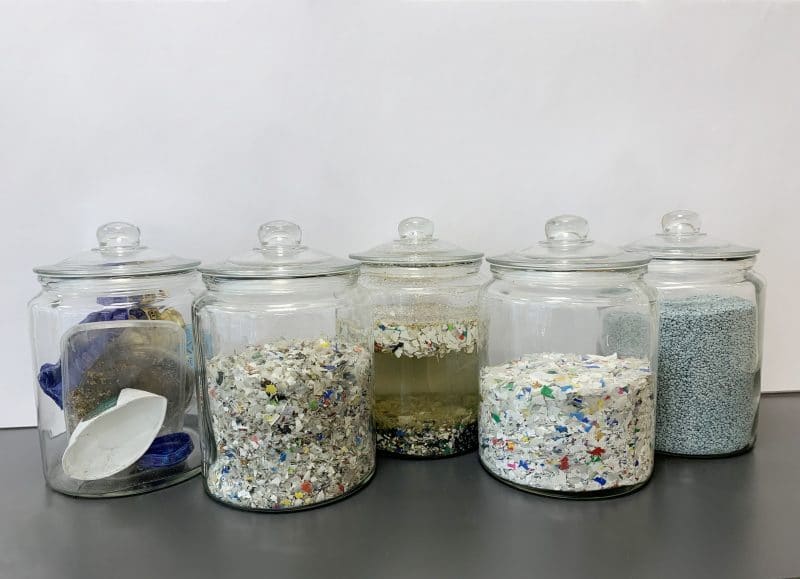Solution provider

Case
Circular business models
Waste management


Add the case to your visit request and let us know that you are interested in visiting Denmark
In Denmark alone, approximately 350,000 tonnes of plastic waste is generated annually, where household plastic waste is estimated to comprise approximately 120,000 tonnes of this figure. A challenge in recycling this has been that the collected plastic waste generally consists of both recyclable plastic and unrecyclable plastic with e.g., remnants of previous content food or other.
To meet this challenge, Scandinavia’s largest company within plastic regeneration, Aage Vestergaard Laren, has created a machine and a process, where collected plastic, both recyclable and soiled, is cut into small pieces and conveyed into the machine that rinses and separates the plastic through density sorting. One type of plastic recycled here is polyethylene (PE), the most widely used type of plastic that has its primary use in packaging. Another is polypropylene (PP) that has a high chemical resistance, primarily used in medico and clothing industry. The rinse and separation of the plastic fractions makes the high quality regrind readily usable for new plastic-based products. A full production line will be completed in 2021 with a capacity to receive 4,000 tonnes/year of PP and PE, from pre-sorting facilities across Europe.
It is estimated that the 4,000-tonne capacity will save the environment from 9,600 tonnes of CO2, compared to using virgin plastic.